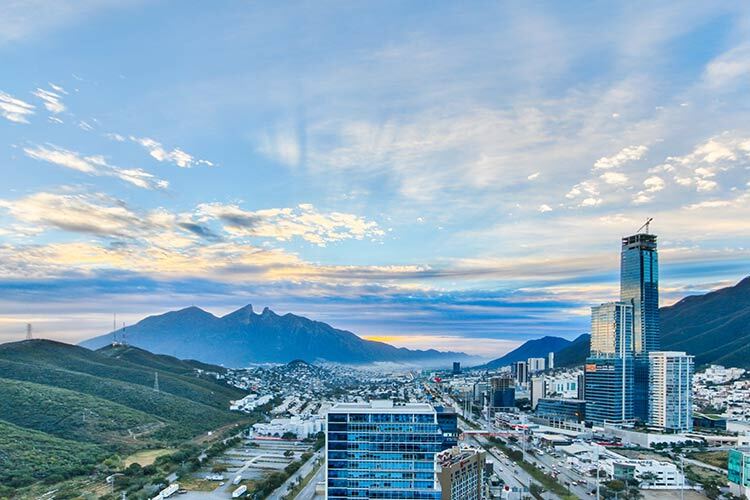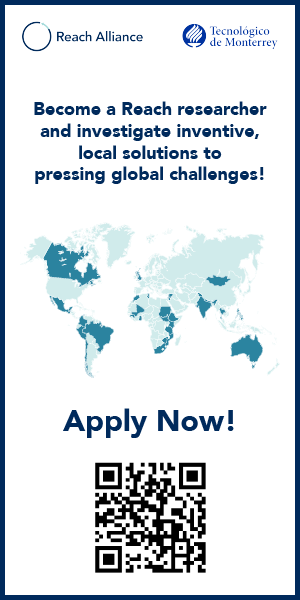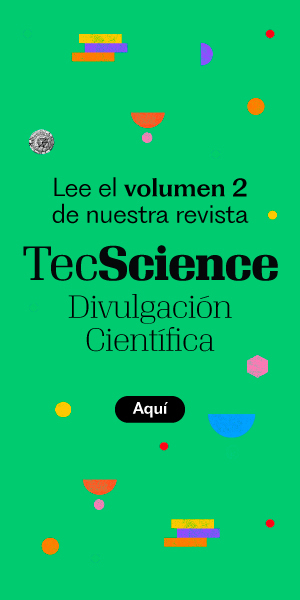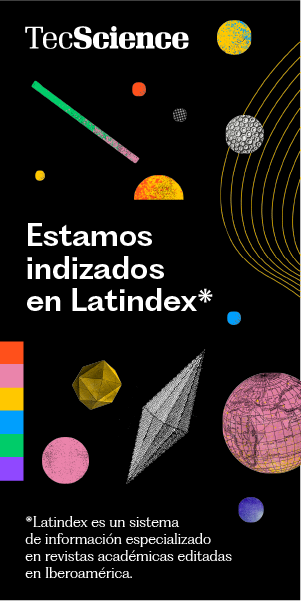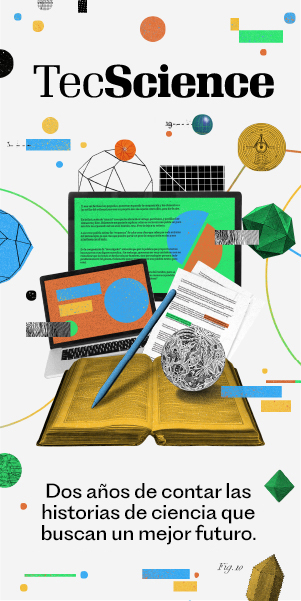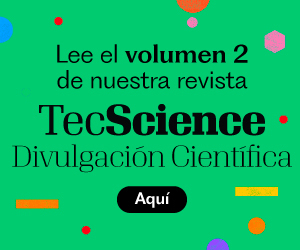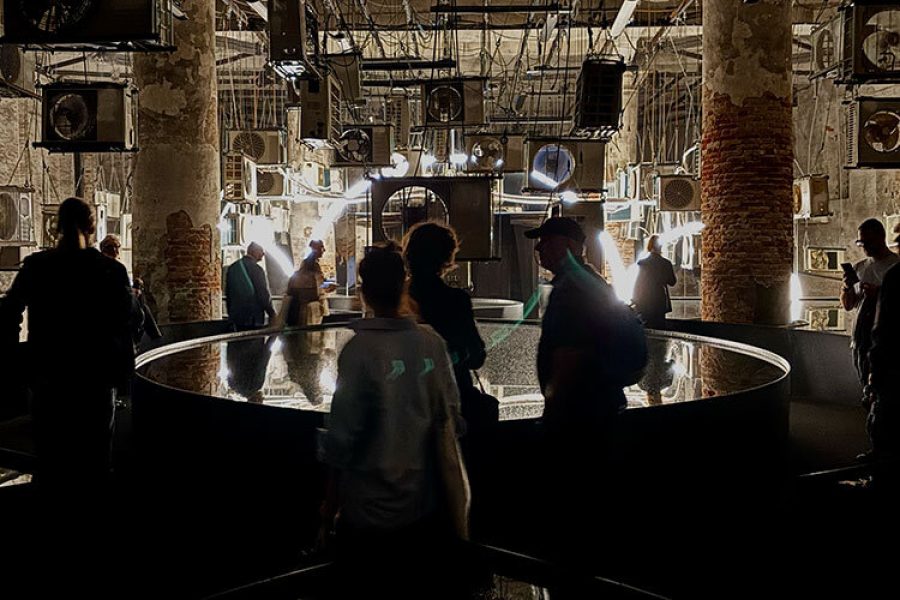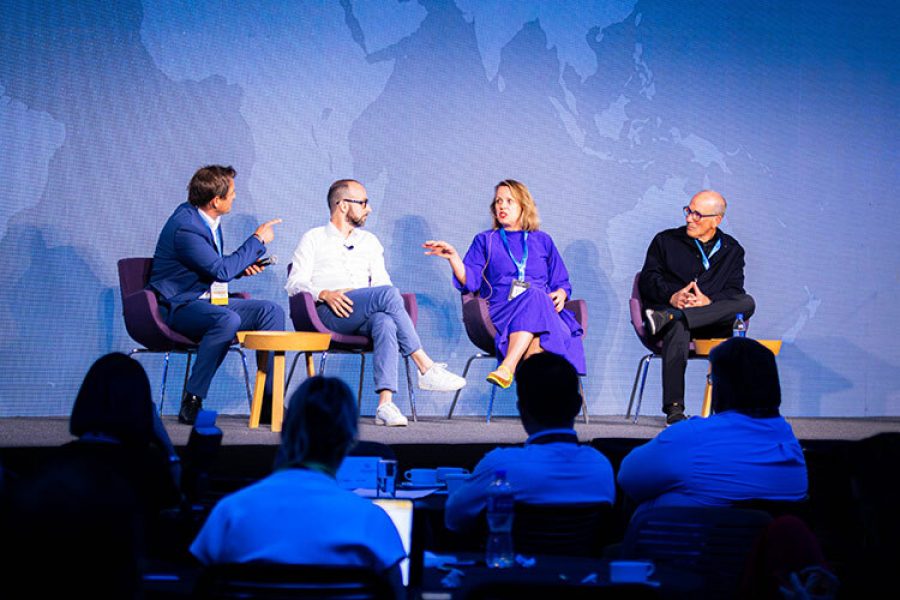Today, over half of the world’s population lives in cities, and it is projected that by 2050, seven out of every 10 people will inhabit them. When properly planned and managed, these metropolises can contribute to innovation and the healthy development of societies. Science can help make this happen.
Economically, more than 80% of the global gross domestic product (GDP) is generated in these centers. Still, the accelerated and disorganized pace at which they grow can exacerbate inequalities and worsen environmental degradation.
However, through disciplines such as complexity science, urban planning, and architecture, these spaces can be optimally designed.
“Cities can be a catalyst for the transformation of people’s lives,” said Juan Pablo Murra, rector of Tec de Monterrey, during the opening ceremony of the Mexico City branch of the Center for the Future of Cities.

This new space will share the same research focuses as the Monterrey campus: city science and social and environmental urbanism. Through mathematical and physical models, simulations, artificial intelligence, and fieldwork, students and researchers at the center will collaborate to study human, ecological and territorial dynamics, aiming to improve the way people live in cities.
“Understanding the city is not an end in itself, but a means to collaborate with governments, communities, and decision-makers on long-term planning and effective short-term action,” said José Antonio Torre, director of the Center for the Future of Cities.
At the event, Elsa Arcuate, researcher at the Center for Advanced Spatial Analysis (CASA) at University College London, England, gave a keynote conference in which she explained the importance of using research to create cities.
Complexity Science to Create Better Cities
Throughout her career, Arcuate has specialized in research on the dynamics of cities, focusing on data science, mathematical models, and network theory to address topics such as urban sustainability, territorial planning, and resilience.
“A city is a very complex system that must be understood from different perspectives and areas,” said the expert.
According to her, cities are ideal spaces for innovation, but to achieve this, the different aspects involved in creating a space like it must be taken into account: human capital, labor supply, industries, education, services, infrastructure, sustainability, transportation, energy, access to affordable and dignified housing, and social cohesion.

To address a topic as complex as an intervention to improve a city or starting one from scratch, using complexity science is a good strategy, as it is a discipline with a multidisciplinary approach that seeks to understand and analyze complex systems composed of many interconnected elements that interact in a nonlinear manner.
“If you think about the social layer of a city, it’s going to move much faster than the infrastructure layer,” Arcuate explained. “We need to be able to create models that go through all those areas and layers, to see how we fit the different aspects together.”
Thus, the researcher has utilized simulations and data analysis to comprehend the dynamics of cities and forecast their behavior, providing a basis for creating improvements and designing solutions to the problems encountered in cities.
“Understanding how each of these layers has different dynamics and are coupled to other parts of the system is absolutely essential,” the researcher emphasized. “We can’t have a model that has everything, but we can think about how to accommodate the different parts.”
It is Essential to Promote Equity and Sustainability in Cities
While the use of models and data is essential to understanding how cities function, it is also crucial to remember that behind every number are people who inhabit those spaces. Therefore, any analysis or intervention must be based on a perspective of social justice and equity.
“What we see is that there are many people who are not represented in the data; recognizing this, understanding why this happens, and understanding the limitations of the available information is essential,” said Arcuate.
This aligns with the Center for the Future of Cities’ vision to serve as a hub for academia, government, the private sector, and communities to collaborate on developing collective solutions for urban life.
“Cities encompass many of the great challenges of our time, but we also believe in their capacity to be drivers of justice, well-being, and shared prosperity,” said Torre.

Therefore, the new headquarters will serve as a strategic point to promote research that enhances the lives of people in Mexico City.
At the event Gabriela Osorio, Mayor of Tlalpan; Enrique Irazoque, Undersecretary of Planning and Territorial Development; Manola Zabalza, Head of the Mexico City Secretariat of Economic Development; and Paulina Campos, Vice President of the Tec de Monterrey Mexico City Region, were present and emphasized their commitment to the healthy development of cities.
“Cities are often used as an expression of poverty, but we rarely hear about how they can be a tool to end it,” said Zabalza.
In the future, the center’s researchers hope that collaboration with authorities will lead to evidence-based actions that positively impact the way people live in Mexico City and serve as an inspiration for other cities. Multidisciplinary research will also be essential.
“I’ve worked with geographers, architects, mathematicians, urban planners, physicists, and social scientists,” Arcuate said. “It takes teamwork to understand cities.”
Were you interested in this story? Want to publish it? Contact our content editor to learn more: marianaleonm@tec.mx




